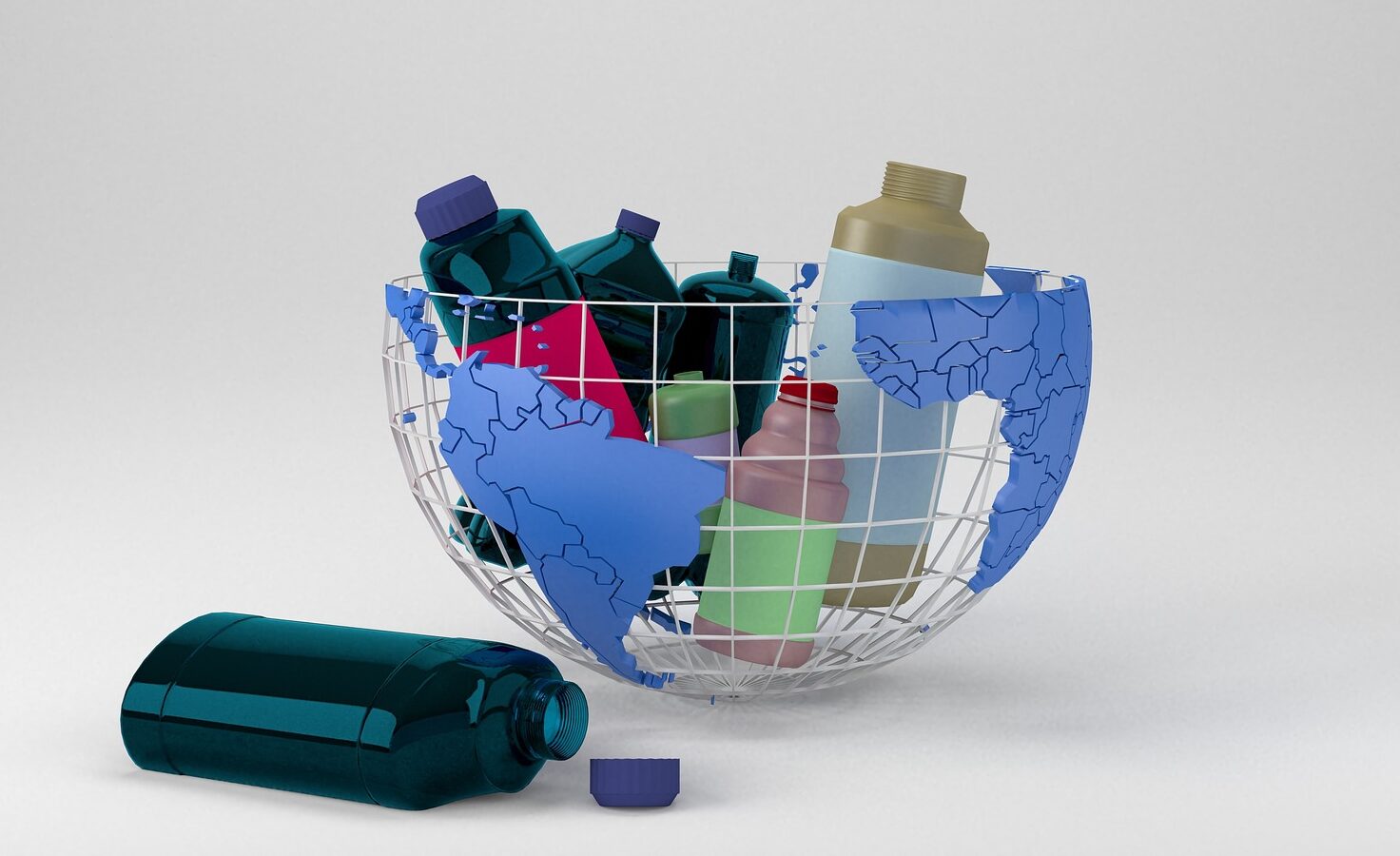
Blog
World Environment Day 2025: A Call to End Plastic Pollution

Did you know that 2.7 million tonnes of microplastics seeped into the environment in 2020? According to the OECD, that number is expected to double by 2040. Now, the world is finally getting serious about solving this problem.
Every year on June 5, countries around the globe unite for World Environment Day, a UN initiative to promote awareness and action for protecting our planet. This year’s theme, “Beat Plastic Pollution,” sends a powerful message: plastic waste isn’t just an eyesore—it’s a threat to ecosystems, wildlife, and human health.
UNEP Executive Director Inger Andersen, in an interview with NHK, emphasized how plastic pollution now impacts “our coastlines, oceans, soil, and even our bodies.” She urged global solidarity, particularly as countries prepare to meet in Switzerland this August to finalize a legally binding treaty against plastic pollution. She also expressed hope for leadership from countries like Japan.

JAMSTEC’s Groundbreaking Findings
To better understand the extent of plastic pollution, Japan’s Marine Science and Technology Agency (JAMSTEC) and a global research team analyzed ten years of data collected from nearly 1,900 ocean locations. The findings were shocking: microplastics have spread throughout all depths of the ocean—from the surface to the deep sea.
Even more concerning were particles smaller than 0.1 millimeters, which were found to be evenly distributed throughout the water column. Dr. Xie Zhao of JAMSTEC noted, “The ocean has effectively become a giant reservoir for plastic.” The team now aims to create a unified global system for monitoring plastic pollution.
A Global Problem That Needs a Global Response
Have you ever thought about how this issue might affect you? One thing’s for sure—the impact is more serious than we might imagine. Plastic pollution is not just about trash on a beach; it’s about what ends up in our food, our water, and our bodies.
Recent studies have found microplastics in the blood of nearly 80% of participants in the Netherlands, and even in human placentas in a study conducted in Italy. These tiny particles could be disrupting hormones, triggering inflammation, and damaging cells. This is no longer just an environmental issue—it’s a personal health risk.

Microplastics: A Hidden Threat Beneath the Waves
While floating plastic debris is visible and alarming, the real danger often lies in what we can’t see. Microplastics—tiny fragments less than 5 millimeters in size—come from the breakdown of larger plastic items and are easily consumed by marine life. From plankton to fish to humans, these particles travel up the food chain, making their way into our diets.
As UNEP points out, plastic pollution especially threatens developing countries in the Global South, where waste management infrastructure is lacking. With growing populations and consumption rates, the crisis is expected to worsen. Last year’s negotiation in Busan, South Korea, failed to reach consensus, but hopes remain high for this year’s meeting in Switzerland to lay the groundwork for effective international action.
Turning Awareness into Action
Here’s where you come in.
Yes, we need world leaders to act, but your individual choices matter too. Whether it’s refusing single-use plastics, recycling properly, or supporting eco-friendly brands, every decision counts. Small actions build momentum, and they signal to businesses and governments that we’re paying attention and demanding change.
You don’t have to be perfect. Just aware, and willing to take steps forward.

Hope from Vancouver: Local Solutions Making a Difference
I want you to know that there are dedicated organizations around the world working hard to solve this crisis. In Vancouver, the environmental group Swim Drink Fish has installed Seabin devices in False Creek. These floating bins act like ocean vacuum cleaners, drawing in seawater and filtering out garbage and microplastics. Meanwhile, the Ocean Legacy Foundation, also based in Canada, is turning collected ocean plastic into reusable material called Legacy Plastic™—a step toward a circular economy.
Seeing these efforts reminds us that solutions do exist, and that people are taking action. That alone should give us hope.

A Simple Way You Can Help: Carbon Credits
But let’s be honest: tackling environmental problems directly can feel overwhelming. I know it is for me.
That’s why carbon credits are so powerful. By using them, anyone—yes, even you—can take meaningful action to offset your CO2 emissions in a simple, effective way. Carbon credits allow you to support verified environmental projects that remove or reduce emissions. It’s a practical way to be part of the solution.
Let’s work together to fight plastic pollution and create a healthier, more sustainable world.
World Environment Day is more than a slogan. It’s a call to action. The planet is counting on us. Let’s rise to the challenge.
